Don't Break The 5 Golden Rules Of Making Veggie Burgers
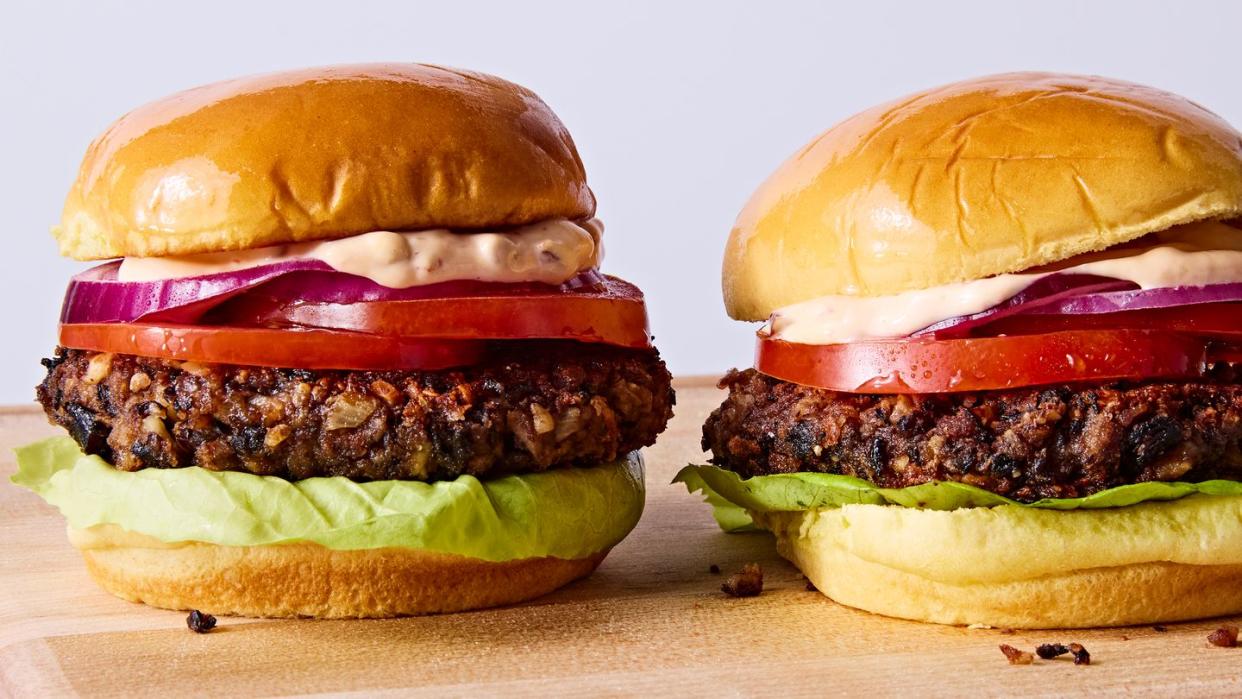
Veggie burgers are easy to mess up. They can be bland or mushy in the middle. They can be dry and crumbly and fall apart on the grill. It’s no wonder why many vegetarians like to fill up on sides at a barbecue rather than take a chance on a mystery veggie patty.
As Delish’s plant-based expert and someone who believes that vegetarian dishes can and should be just as delicious as their meaty counterparts, I was determined to create a truly exceptional veggie burger. One that's full of deep, rich flavor and texture, and held together in the pan. After tons of research and a LOT of failed attempts, I finally did it. Here are my five golden rules to creating an amazing veggie burger.
Get the Recipe: Veggie Burgers
2. What Should Go In a Veggie Burger
The most challenging part about making veggie burgers is that you’re essentially trying to recreate everything a beef burger offers. Ground beef is the complete package: it naturally contains richness, umami, juiciness and tenderness, all while crisping up beautifully in its own fat and holding itself together in the pan.
A veggie burger, on the other hand, relies on various players to accomplish all these things. Leave one out, and your veggie burger will fall flat. Here are the major players I considered:
Main body: Every veggie burger needs a star ingredient to make up the main bulk of the patties. I chose black beans because they’re affordable and easy to find, and also because the starchiness of the beans helps hold the burger together.
Umami: Without the richness from the ground beef, you’ll need something to provide that extra depth of flavor. Mushrooms are a natural choice. I chose baby bellas, finely chopping them before cooking them down in a pan to remove excess moisture and concentrate their meaty flavor.
Juicy pockets and textural nuggets: Ground meat has lots of textural variation that black beans just aren’t going to provide: pockets of juicy tenderness as well as nuggets of crispness and bounce. Adding ingredients such as finely chopped toasted nuts and crumbled fresh cheese helps to mimic this textural variation. I used almonds and feta, but cashews or queso fresco are also great options.
Binder: Ground beef contains myosin, a type of protein that helps bind your patties together. Beans, on the other hand, contain a little starch but not enough to bind all the rest of the ingredients together, so an additional binder is necessary. I chose to use egg for this, as well as a few tablespoons of mayo for a little added richness.
Secondary filler: Black beans are a little heavy to make up the entire body of the burger, so I knew I would need a secondary filler. Panko breadcrumbs lighten up the beans and also join forces with the egg to help bind the patties together.
Armed with this dream team of veggie burger players, I entered the test kitchen prepared to combine them into a heavenly veggie burger. But it wasn’t that easy.
2. Get Rid of Extra Moisture, But Don’t Go Crazy
Veggie burgers are often accused of being mushy in the middle. In an effort to ensure mine were NOT, I started my experiments by roasting both the black beans and the sliced mushrooms to expel as much extra moisture as possible. This sort of worked: the black beans shrank and cracked on the outside (more textural variation!) but still remained tender in the center.
The mushrooms, on the other hand, turned into brittle fungi chips that were NOT delicious. When I tried to fold them into the veggie burger mix, they remained hard little pellets floating in the mixture. Maybe I had gotten rid of too much moisture.
On my next test I tried blitzing them in the food processor and cooking them in a pan so they dried out but still remained soft. This seemed to be the perfect middle ground.
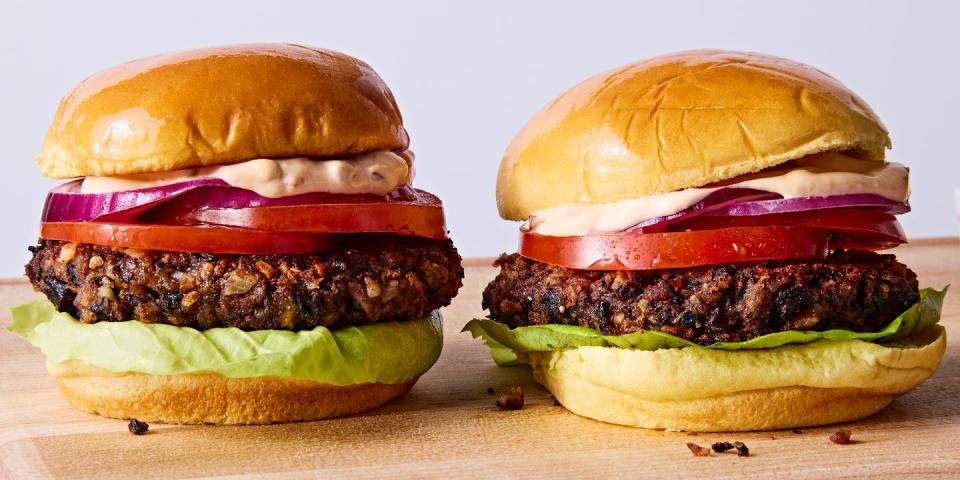
3. Grind Your Ingredients Fine
My second strategy for avoiding a mushy patty was to carefully control how fine I processed the black beans and almonds. I didn’t want to blitz them too much (and risk the dreaded mush) so during my first attempt I kept them pretty coarse. This resulted in burgers that were full of chunks. Not good. Not only was the texture off, the burgers completely fell apart in the pan.
The lesson here? Don’t make nut butter or black bean puree, but don’t be afraid to process until both are finely ground. There is such a thing as too much texture.
4. Proportions Are Important
With any burger patty—meat or otherwise—achieving the contrast between the caramelized crust on the outside and the soft juicy middle is key. But while this ratio might be flexible with a meat burger, it’s a lot more critical with a veggie burger.
In testing, I experimented with different patty thicknesses which gave me different ratios of exterior crust to interior filling, and found that between ¼” and ⅓” was the perfect patty thickness. And yes, I even used a ruler to measure. Like it or not, an extra ¼” in the thickness of a burger patty completely changes the whole eating experience. That's how important ratios are.
5. Cook It Low and Slow, and Don’t Skimp On Oil
A beef burger is usually cooked over medium-high heat with just a bit of fat in the pan to start. But since a veggie burger (or at least mine, which contains egg) needs to reach 160 degrees, a low and slow cook is ideal. I learned this the hard way on my earliest batch, when I attempted the medium-high approach and ended up with burgers that were burned and dry on the outside and cold in the middle.
That was also the day I realized just how much oil is needed to fry a veggie burger. A beef burger sears in its own fat, but a veggie burger can’t self-baste, so you need to help it along by adding at least two tablespoons per burger to the pan. Otherwise the burgers will be dry on the outside no matter what temperature you use or how much moisture is in the middle.
Squeamish about using that much oil to fry a veggie burger? I feel you. But let’s be honest: after everything I had gone through to create the ultimate veggie burger, I wasn’t about to throw it all away just because I was too wimpy to throw in a few extra tablespoons of oil.
Cauliflower Tacos
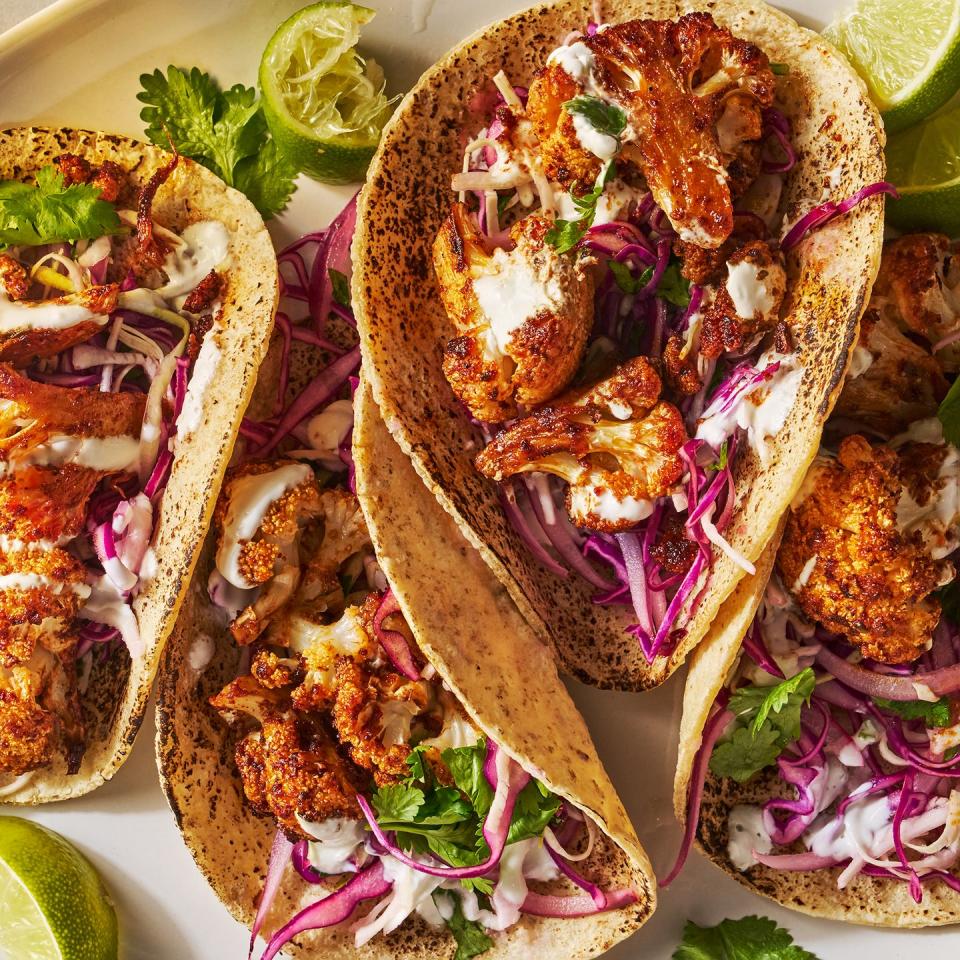
Mozzarella Schnitzel
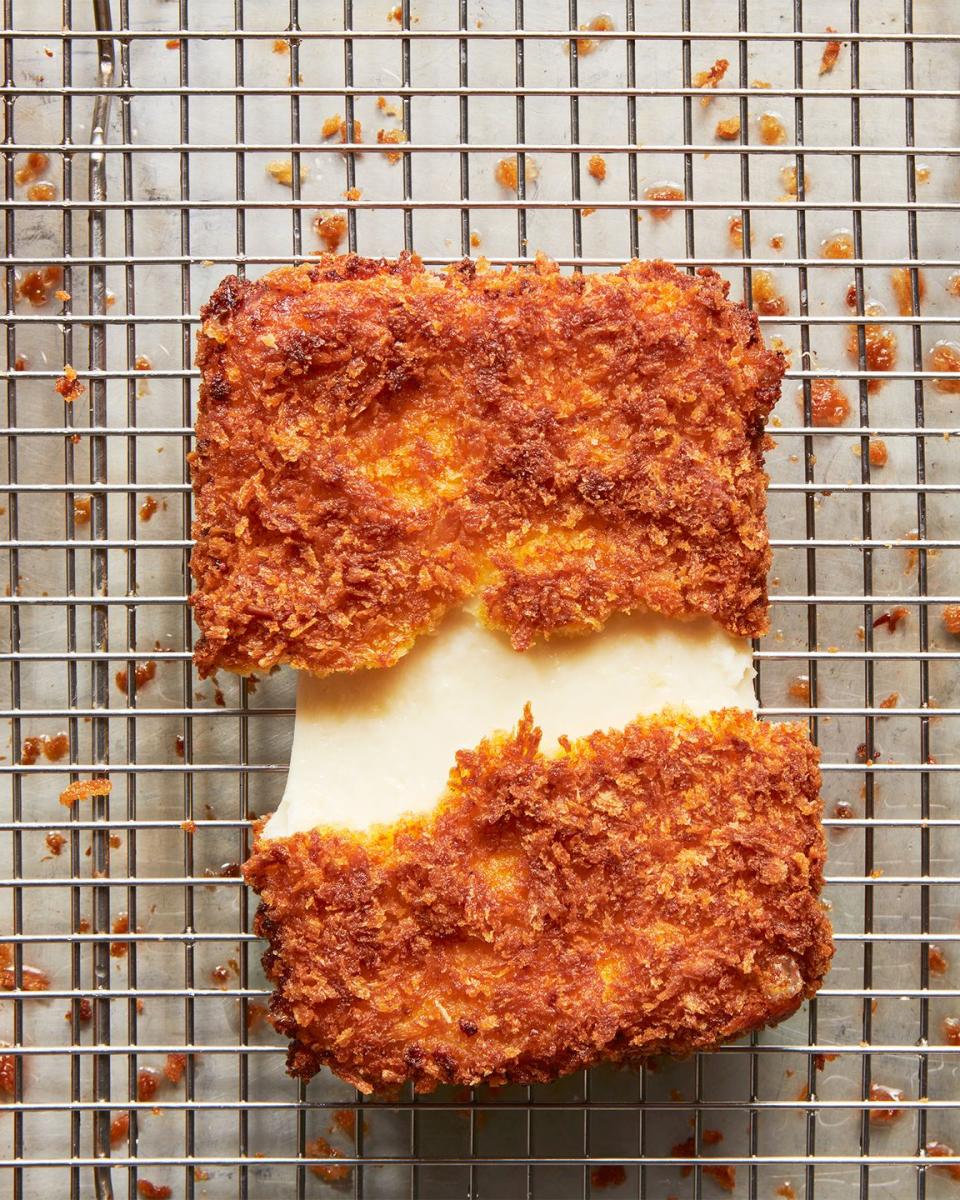
Butternut Squash Steaks
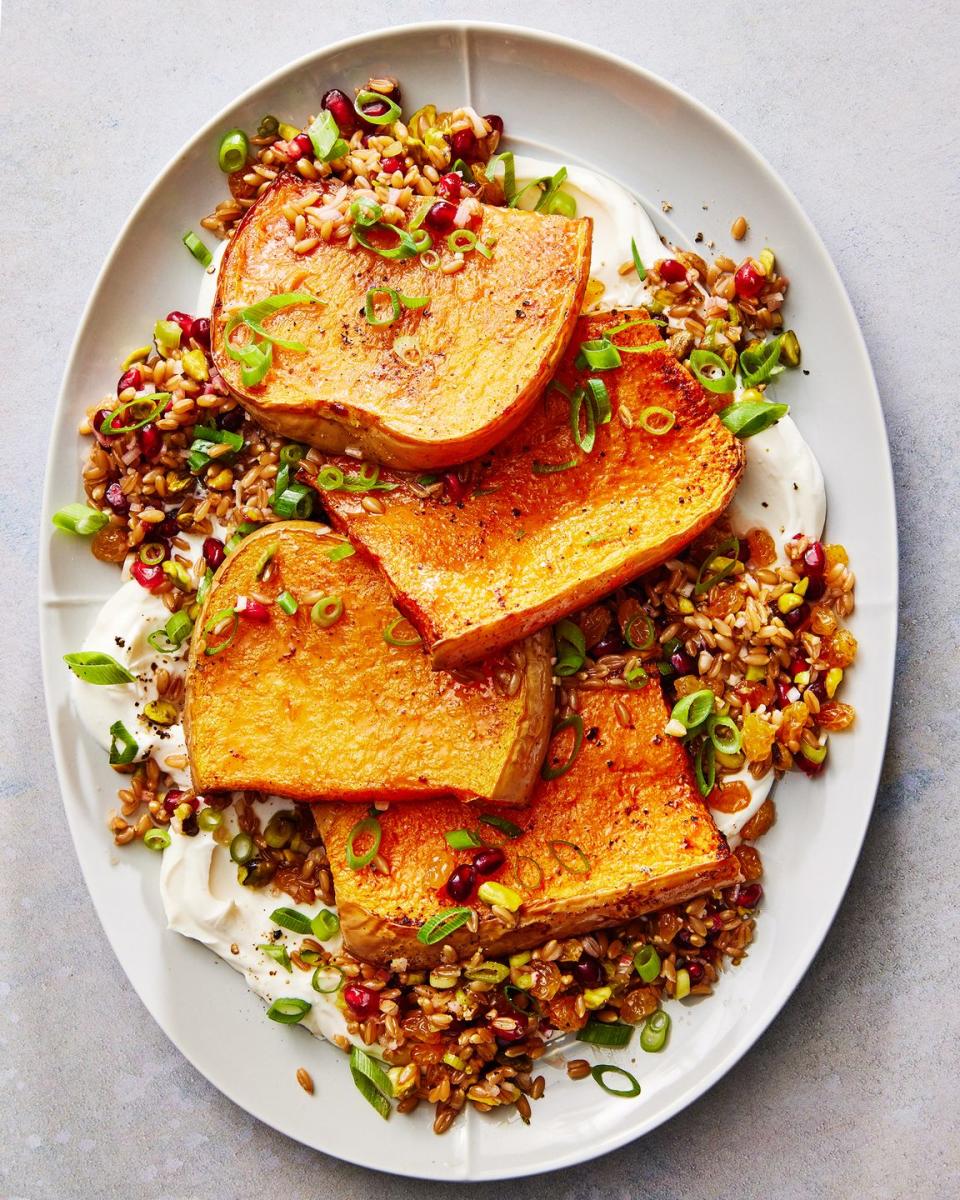
You Might Also Like


